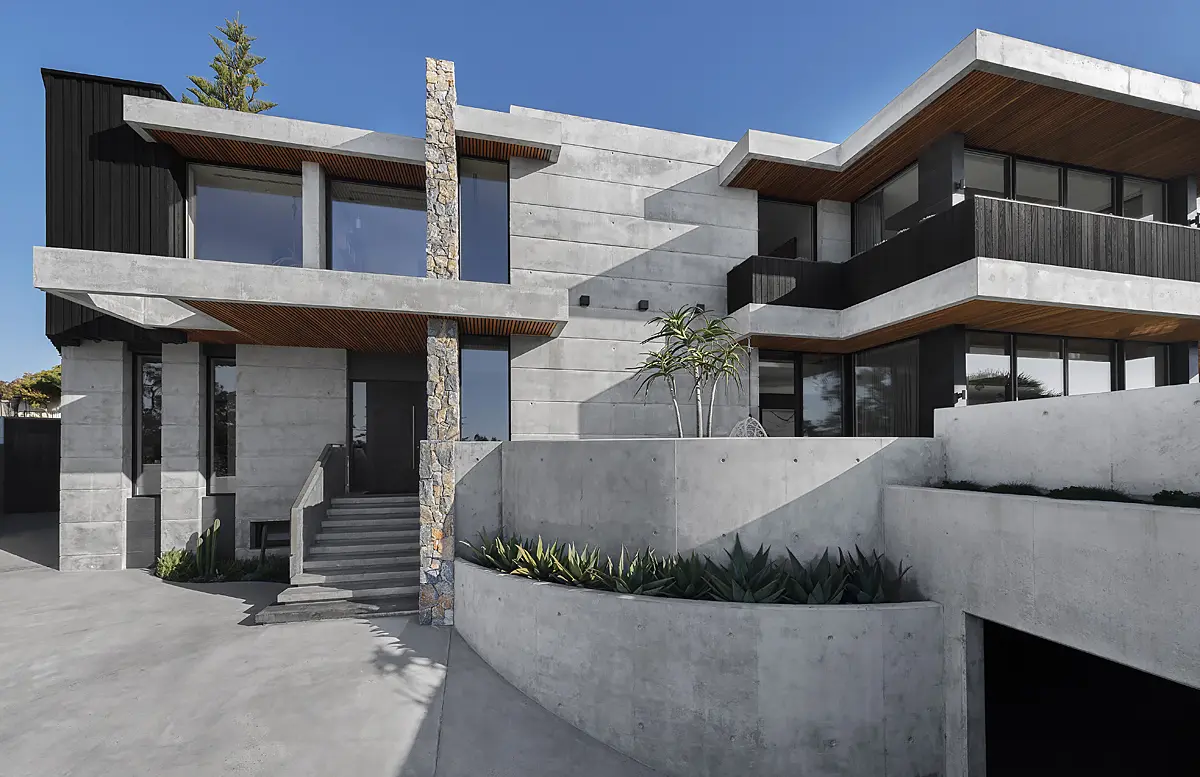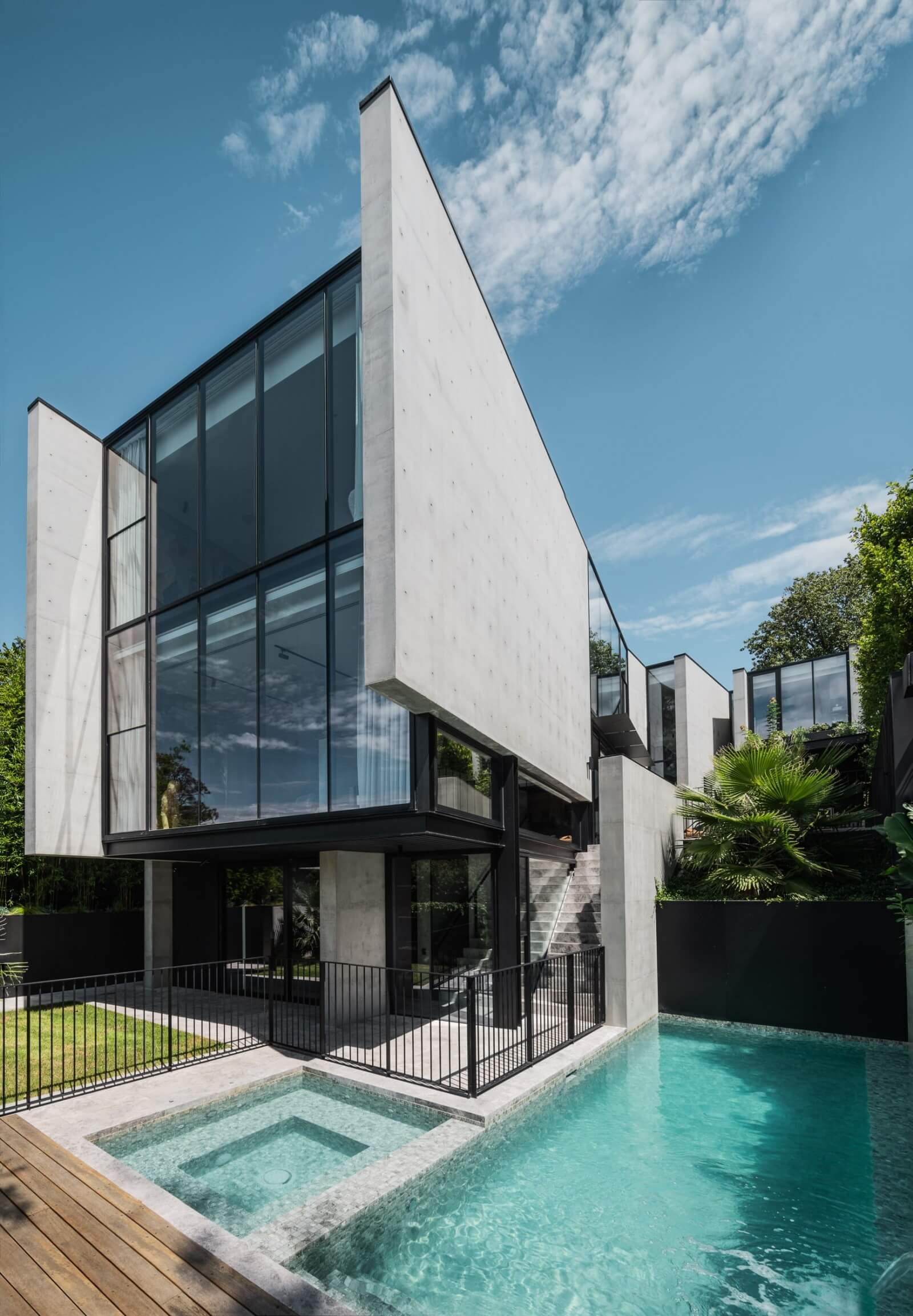Exactly How Residential Architects Create Custom-made Houses for each Lifestyle
The process by which property architects style personalized homes is a nuanced interaction of recognizing client needs and translating those insights into practical living rooms. Through detailed appointments and the use of style devices, architects capture the significance of their customers' way of lives, making certain that each home shows personal values and ambitions.
Understanding Customer Needs

Reliable communication is paramount in this procedure. Architects need to urge clients to articulate their way of livings, family members dynamics, and future goals, ensuring that the layout shows their unique identity. By using tools such as sets of questions, interviews, and aesthetic studies, engineers can gather useful understandings right into the customer's vision.
In addition, understanding the context in which a home will exist is essential. Engineers should consider aspects such as the site attributes, local climate, and social impacts that can impact the layout. This all natural method permits for the creation of rooms that are not only aesthetically pleasing but lasting and additionally sensible.
Inevitably, a deep understanding of client needs enables architects to create customized homes that improve the lifestyle for their owners, cultivating a feeling of belonging and convenience within their living environments.
Style Refine and Cooperation
The design process in household architecture is a vibrant interaction of creativity and partnership, where engineers, customers, and different stakeholders work very closely to bring a vision to life. This repetitive trip normally begins with a collection of conferences to develop a detailed understanding of the customer's desires, choices, and lifestyle demands. During these discussions, engineers gather vital details, allowing them to conceive layouts that line up with the client's vision.
Following the first examinations, the style stage progresses with illustrations, 3D models, and architectural renderings. This visual communication functions as a tool for architects to existing concepts, while likewise inviting client feedback, ensuring that the final style reverberates with their assumptions. Effective partnership with designers, service providers, and indoor designers is important throughout this stage, as it guarantees that all functional aspects of the task are effortlessly incorporated.

Incorporating Lifestyle Aspects
Integrating lifestyle components into household layout is important for developing rooms that truly resonate with the inhabitants. residential architecture homes. This procedure starts with understanding the one-of-a-kind demands, preferences, and day-to-day routines of the home owners. Designers take part in thorough discussions to discover just how the private or household uses their area, whether for enjoyable guests, seeking hobbies, or looking for quiet retreat
As soon as these understandings are gathered, engineers can tailor design functions that boost everyday experiences. As an example, open layout may be made for families that prioritize togetherness, while dedicated offices can be incorporated for those who work from home. Outside locations, such as gardens or patio areas, can be highlighted for family members that delight in exterior tasks or entertaining.
Furthermore, versatility is an essential consideration; multi-functional rooms permit flexibility as way of lives evolve in time. Personalized storage space solutions can also be integrated to satisfy particular organization requirements, ensuring that the home remains clutter-free and functional. Inevitably, by thoughtfully weaving way of living aspects right into the building material, domestic engineers develop customized homes that not just accomplish aesthetic desires but also dramatically boost the lifestyle for their customers.
Sustainable and Smart Layout
Lasting and clever layout increasingly plays an essential duty in household architecture, as house owners seek to decrease their environmental influence while improving their living experiences. Engineers are now incorporating environmentally friendly materials, energy-efficient systems, and innovative modern technologies to create homes that not just meet aesthetic wishes yet also serve the world.
Integrating sustainable power resources, such as solar panels and wind generators, allows homeowners to harness all-natural resources, substantially decreasing reliance on traditional power grids. Smart home technologies even more boost sustainability useful content by enhancing power usage via automated systems that control air conditioning, lights, and heating based on occupancy and preferences.
Moreover, using lasting structure products-- like reclaimed wood, bamboo, and recycled steel-- advertises a circular economic climate, decreasing waste and resource consumption. Engineers additionally emphasize easy style concepts, making certain homes are oriented for optimum natural light and air flow, consequently minimizing the requirement for fabricated heating and cooling.
Along with eco-friendly benefits, wise and lasting style contributes to the general comfort and wellness of homeowners. By focusing on indoor air high quality and natural environments, engineers create areas that cultivate health, enabling homeowners to grow attuned to their environment.
Wrapping Up and Implementing Plans
Completing and implementing plans is an important phase in the property design procedure, where the vision of a tailored home starts to appear. This stage includes precise focus to detail, ensuring that every aspect of the design is exactly verbalized and all set for building. residential architecture homes. Designers collaborate carefully with customers to review final plans, dealing with any final adjustments or concerns, while making certain that all components line up with the homeowner's way of life requirements
As soon as strategies are wrapped up, designers prepare thorough building and construction records, consisting of thorough illustrations and specifications that function as a plan for home builders. These files lay out products, finishes, and installation techniques, supplying clearness for specialists and subcontractors. Furthermore, protecting required permits and sticking to neighborhood building ordinance is necessary, as it makes sure compliance and smooth project implementation.
Reliable communication is important throughout my response this stage. Normal updates and discussions with contractors help to minimize prospective issues prior to they develop. By promoting a collaborative setting, designers can guarantee that the execution lines up with the original vision. Inevitably, this important phase changes concepts right into truth, laying the foundation for a home that mirrors the distinct way of living and preferences of its inhabitants.
Final Thought
In verdict, household engineers play a pivotal role in crafting customized homes that cater to diverse lifestyles. Through precise understanding of client requirements, collective style processes, and the combination of way of life aspects, designers guarantee that each home reflects individual preferences.
The process by which residential architects layout tailored homes is a nuanced interaction of comprehending client requirements and translating those insights right into useful living rooms. With extensive examinations and the use of design tools, engineers record the essence of their clients' lifestyles, making certain that each home mirrors individual values and aspirations. Engineers need to motivate clients to articulate their way of livings, household dynamics, and future desires, making certain that the style reflects their one-of-a-kind identification.The design procedure in property design is a vibrant interaction of creativity and cooperation, where designers, clients, and numerous stakeholders work very closely to bring a vision to life - residential architecture homes. With precise understanding of customer requirements, joint style procedures, and the combination of lifestyle aspects, Extra resources architects make certain that each home shows specific preferences